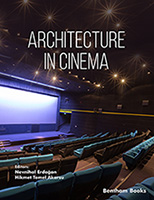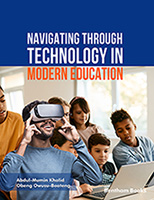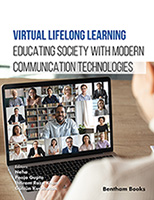Drawing in childhood has been subject to analysis and has received a lot of attention not only by educators but also by psychologists, sociologists and artists (Golomb, 1992; Cox, 1992 and 1993, Darras, 1992; Fein, 1993; Darras, 1996; Kindler& Darras 1997; Efland, 2002). It has often been considered to be a measure of children's intellectual maturity, a means for self-expression and communication, and a way to understand children's emotions (e.g. Lowenfeld& Brittain, 1987; Kellog, 1969, Gardner, 1980; Cox, 2005). Darras, (1996, 1998) and Willats (2005) have shown that, depending on the context and their aims, children not only draw what they know about objects (the attributes and properties selected in their cognitive categories and organised in a graphic schema), but also what they see when they can get a direct visual experience.
But teenagers'free drawings did not receive the same degree of attention, although their art works wildly proliferate in the streets and in the Internet art educators, researchers in art education seldom referred to them; they seem to be confined to the domain of sociologic phenomenon with little impact on education.
Teenager drawings collected in this study belonged to a third space of knowledge, a third pedagogical site as Wilson (2008, p. 120) states it, located between first pedagogical site (the site where kids, individually and collectively, make art and visual culture on their own with little or no assistance from adults) and the second site (our school, museum and other arts institution classrooms where we instruct students how to make and interpret art and visual culture (i.e. Dorn, 2005). The authors in this e-book worked on this third site, an open space for drawing in the sense that all the drawings collected for this study were made by young people in schools or museums but with no assistance or influence from teachers. So it was quite expectable to have results where seeming confrontational high and low visual cultures, global and local interests interacted, letting young people's voices evolve. Each article in the book brings the possibility of new content that emerged through the presentation of young people's visually expressed interests.
Cultural identities are constructed around difference; by trying to understand them we can strengthen cultural diversity in education (Caruso, 2005). Very often educational policies both in formal and non-formal contexts forget their audiences and develop programmes which are not relevant or significant for young peoples' lives. Educators and parents might have a privileged position to understand students' interests, but not much space is left for that after the curriculum prescriptions and the assessment constraints in a world dominated by economic trends. Youth cultures are presented and represented in many ways with different purposes and for different aims. This book adds another representation of such cultures. As researchers we are commited to make visible the voice of the teenagers who participated in the study and, we hope that our own interpretations of their artworks did not distorted their original messages.
Teresa Torres de Eça
Centro de Estudos da Criança da Universidade do Minho
Portugal
REFERENCES
Caruso, H. Y. (2005). Critical cultural inquiry and multicultural art education. Electronic Magazine of Multicultural Education, 7(2), Acessed 2009-09-21 at: http://www.eastern.edu/publications/emme/2005fall/caruso.html.
Cox, M.V. (1992).Children's drawings. London: Penguin Books.
Cox, S. (2005) Intention and meaning in young children's drawing.International Journal of Art& Design Education, Vol.24, Nº 2, pp.115-125
Darras, B. (1996).Au commencementétait l’image: Du dessin de l’enfantà la communication de l’adulte. Paris: ESFÉditeur.
Darras, B. (1998). L’image une vue de l’esprit.étude comparée de la pensée figurative et de la pensée visuelle.Recherche en Communication, 10, 77-99.
Dorn, C.M. (2005). The end of art in education. Art Education, 58 (6).
Efland, A.D. (2002).Art and cognition. New York: Teachers College Press and Reston: National Art Education Association - NAEA.
Fein, S. (1993).First drawings: Genesis of visual thinking. Pleasant Hill, California: Exelrod Press.
Golomb, C. (1992).The child's creation of pictorial world. Berkeley, Los Angeles& Oxford:University of California Press.
Kellog , R.(1969).Analysing Chdren's ART. Palo Alto: National Press Books.
Kindler, A.M, Darras, B. (1997). Map of artistic development. In A. M. Kindler (Ed.).Child Development in Art. Reston: National Art Education Association - NAEA, 17-44.
Lowenfeld, V.& Brittain, L. (1987).Creative and Mental Growth. New York: Macmilan.
Gardner, H. (1980).Artful Scribbles: The Significance of Children's Drawings. New York Basic Books.
Willat, J. (2005).Making sense of children's drawings. Lawrence Erlbaum.





